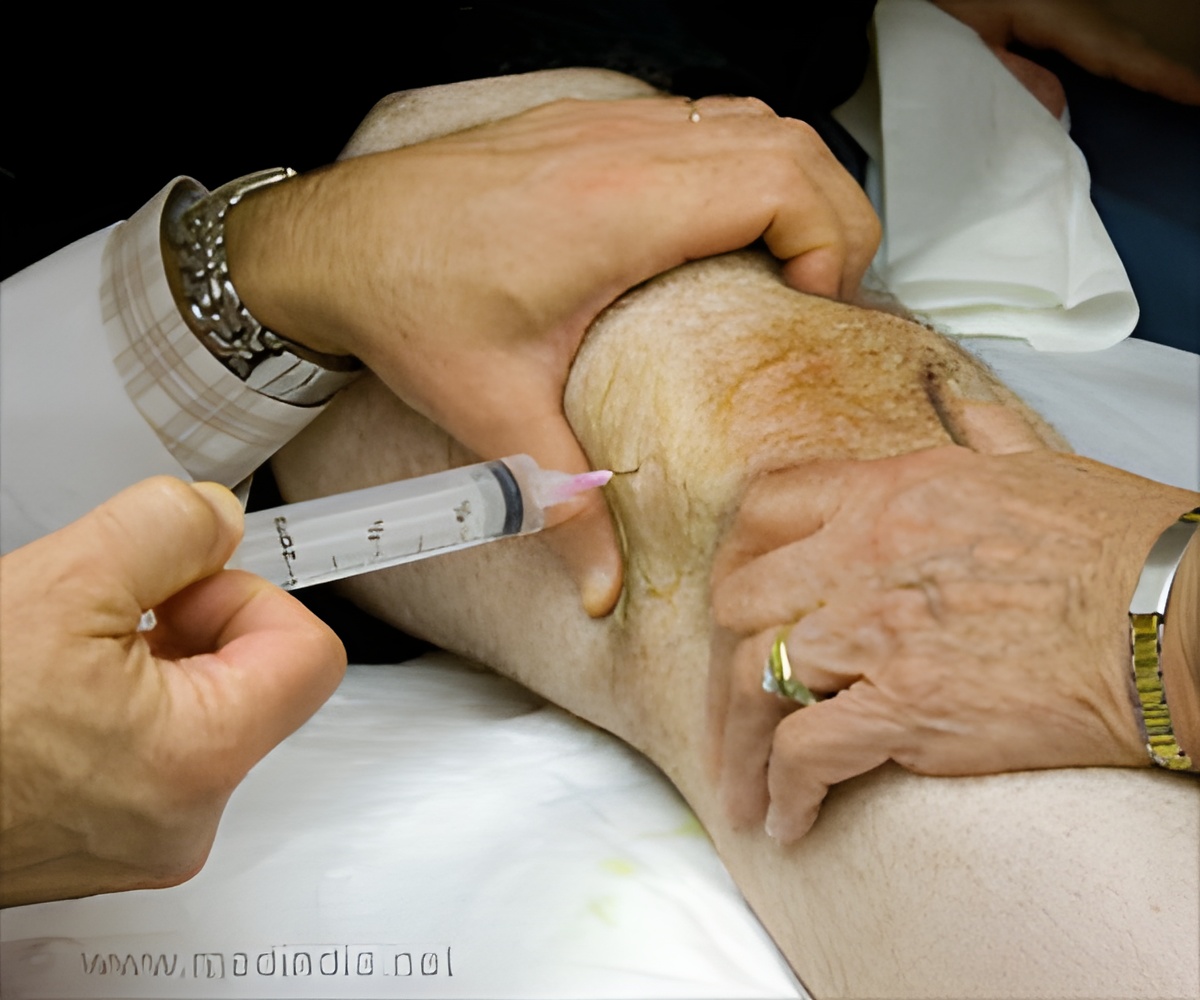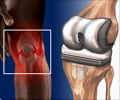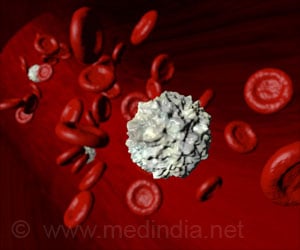New 3D printed implants reduce discomfort for arthritis patients by realigning the knee to become more stable, comfortable and able to bear weight than existing generic plates.

TOP INSIGHT
3D printed high tibial osteotomy (HTO) device used in the TOKA (Tailored Osteotomy for Knee Alignment) treatment make earlier intervention in arthritis possible.
This technique makes plates more stable, comfortable and better able to bear weight than existing generic plates and also simplifies HTO surgery, making operations quicker and therefore safer. The HTO plates are already tested for safety in a computer-based trial using CT scan data from 28 patients.
The in-silico clinical trial published in Communications Medicine is the first in the world to demonstrate the safety of an orthopaedic device that modelled the stresses exerted on the custom-made plates and showed that they will be comparable in safety to the standard treatment.
Professor Richie Gill, from the Centre for Therapeutic Innovation, says: "Knee osteoarthritis is a major health, social and economic issue and does not receive as much attention as it should. A quarter of women over 45 have it, and about 15 percent of men, so it's a significant burden that many live with”.
Arthritis patients undergoing TOKA will undergo a 3D CT scan of their knee, before a personalized 3D printed surgical guide and plate, both shaped to their tibia (shin) bone is created. The surgical guide simplifies the surgery and improve the surgical accuracy.
The patient outcome in TOKA depends on the accuracy at which a cut is made in the tibia (shin bone) and the gap opening stabilised by a metal plate.
The surgeons will know exactly know the operating condition before and where the implant will go using scanning and 3D print of the custom knee implant.
Both the surgical guide (or jig) and a plate implant personalized to the patient, can be 3D printed automatically based on the scanning data.
This type of treatment relieves the symptoms of arthritis while preserving the natural joint. The pre-planning element simplifies surgery and cut the time on the operating table from two hours to around 30 minutes.
Source-Medindia
 MEDINDIA
MEDINDIA




 Email
Email










